2-(DIBUTYLAMINO)ETHANOL
Synonym(s):N,N-Dibutylethanolamine
- CAS NO.:102-81-8
- Empirical Formula: C10H23NO
- Molecular Weight: 173.3
- MDL number: MFCD00014033
- EINECS: 203-057-1
- SAFETY DATA SHEET (SDS)
- Update Date: 2025-12-17 09:49:57

What is 2-(DIBUTYLAMINO)ETHANOL?
Description
2-Di-n-butylaminoethanol is a colorless toyellowish liquid. Faint amine-like odor. Molecularweight = 173.33; Boiling point = 224-232℃; Freezing/Melting point = ,269℃; Flash point = 96℃; Autoignitiontemperature = 240℃. Explosive Limits: LEL = 0.9%;UEL = 5.5%. Hazard Identification (based on NFPA-704 MRating System): Health 3, Flammability 2, Reactivity 0.Solubility in water = 11.6 g/L at 25℃.
Chemical properties
colourless liquid
Chemical properties
2-Di-n-butylaminoethanol is a colorless to yellowish liquid. Faint amine-like odor.
The Uses of 2-(DIBUTYLAMINO)ETHANOL
2-(Dibutylamino)ethanol (DBAE) may be used as a coreactant to enhance the electrochemiluminescence (ECL) of tris(2,2′-bipyridyl)ruthenium(II) [Ru(bpy)32+], employed in the ECL immunoassays and DNA probe assays. DBAE may also be used as a catalyst during the synthesis of protected D-erythro-(2S,3R)-sphingosine.
The Uses of 2-(DIBUTYLAMINO)ETHANOL
Dibutylaminoethanol has found use as a conditioning agent for cellulose acetate filaments to facilitate textile manufacture, a catalyst in polyurethane foam manufacture, and an anticorrosion additive for lubricants and hydraulic fluids, in the manufacture of emulsifying and dispersing agents, and in the curing of silicone resins.
The Uses of 2-(DIBUTYLAMINO)ETHANOL
Organic syntheses
General Description
2-(DIBUTYLAMINO)ETHANOL is a colorless liquid with a mild fishlike odor. Flash point 200°F. Toxic by ingestion and skin absorption. Used to make other chemicals.
Air & Water Reactions
Insoluble in water.
Reactivity Profile
2-(DIBUTYLAMINO)ETHANOL is an aminoalcohol. Amines are chemical bases. They neutralize acids to form salts plus water. These acid-base reactions are exothermic. The amount of heat that is evolved per mole of amine in a neutralization is largely independent of the strength of the amine as a base. Amines may be incompatible with isocyanates, halogenated organics, peroxides, phenols (acidic), epoxides, anhydrides, and acid halides. Flammable gaseous hydrogen is generated by amines in combination with strong reducing agents, such as hydrides.
Health Hazard
TOXIC; inhalation, ingestion or skin contact with material may cause severe injury or death. Contact with molten substance may cause severe burns to skin and eyes. Avoid any skin contact. Effects of contact or inhalation may be delayed. Fire may produce irritating, corrosive and/or toxic gases. Runoff from fire control or dilution water may be corrosive and/or toxic and cause pollution.
Fire Hazard
Combustible material: may burn but does not ignite readily. When heated, vapors may form explosive mixtures with air: indoors, outdoors and sewers explosion hazards. Contact with metals may evolve flammable hydrogen gas. Containers may explode when heated. Runoff may pollute waterways. Substance may be transported in a molten form.
Flammability and Explosibility
Non flammable
Safety Profile
Poison by intraperitoneal route. Moderately toxic by ingestion and skin contact. A severe eye and skin irritant. Combustible; can react with oxidizing materials. To fight fire, use CO2, dry chemical. When heated to decomposition it emits toxic fumes of NOx. See also AMINES and ALCOHOLS
Potential Exposure
This material is used in organic synthesis.
First aid
If this chemical gets into the eyes, remove anycontact lenses at once and irrigate immediately for at least15 min, occasionally lifting upper and lower lids. Seek medical attention immediately. If this chemical contacts theskin, remove contaminated clothing and wash immediatelywith soap and water. Seek medical attention immediately. Ifthis chemical has been inhaled, remove from exposure,begin rescue breathing (using universal precautions, including resuscitation mask) if breathing has stopped and CPR ifheart action has stopped. Transfer promptly to a medicalfacility. When this chemical has been swallowed, get medical attention. Give large quantities of water and inducevomiting. Do not make an unconscious person vomit.
Storage
Color Code—White: Corrosive or Contact Hazard;Store separately in a corrosion-resistant location. Prior toworking with DBAE you should be trained on its properhandling and storage. 2-N-Dibutylaminoethanol must bestored to avoid contact with oxidizers (such as perchlorates,peroxides, permanganates, chlorates, and nitrates) since violent reactions may occur. Sources of ignition, such as smokingand open flames, are prohibited where 2-ndibutylaminoethanol is used, handled, or stored in a mannerthat could create a potential fire or explosion hazard. Wherepossible, automatically pump liquid from drums or otherstorage containers to process containers.
Shipping
UN2735 Amines, liquid, corrosive, n.o.s, or Polyamines, liquid, corrosive, n.o.s., Hazard class: 8; Labels: 8-Corrosive material, Technical Name Required.
Incompatibilities
Incompatible with oxidizers (chlorates, nitrates, peroxides, permanganates, perchlorates, chlorine, bromine, fluorine, etc.); contact may cause fires or explo- sions. Keep away from alkaline materials, strong bases, strong acids, oxoacids, and epoxides.
Properties of 2-(DIBUTYLAMINO)ETHANOL
| Melting point: | -70°C(lit.) |
| Boiling point: | 229-230 °C(lit.) |
| Density | 0.86 g/mL at 25 °C(lit.) |
| vapor density | 6 (vs air) |
| vapor pressure | 5Pa at 20℃ |
| refractive index | n |
| Flash point: | 197 °F |
| solubility | Practically insoluble in water |
| form | Colorless liquid |
| pka | 14.77±0.10(Predicted) |
| color | Colorless to Light orange to Yellow |
| Water Solubility | 4g/L at 20℃ |
| BRN | 1738441 |
| Stability: | Stable. Combustible. Incompatible with strong oxidizing agents. |
| CAS DataBase Reference | 102-81-8(CAS DataBase Reference) |
| EPA Substance Registry System | 2-(Dibutylamino)ethanol (102-81-8) |
Safety information for 2-(DIBUTYLAMINO)ETHANOL
| Signal word | Danger |
| Pictogram(s) |
 Corrosion Corrosives GHS05  Exclamation Mark Irritant GHS07 |
| GHS Hazard Statements |
H314:Skin corrosion/irritation H335:Specific target organ toxicity, single exposure;Respiratory tract irritation H412:Hazardous to the aquatic environment, long-term hazard |
| Precautionary Statement Codes |
P261:Avoid breathing dust/fume/gas/mist/vapours/spray. P273:Avoid release to the environment. P280:Wear protective gloves/protective clothing/eye protection/face protection. P301+P312:IF SWALLOWED: call a POISON CENTER or doctor/physician IF you feel unwell. P303+P361+P353:IF ON SKIN (or hair): Remove/Take off Immediately all contaminated clothing. Rinse SKIN with water/shower. P305+P351+P338:IF IN EYES: Rinse cautiously with water for several minutes. Remove contact lenses, if present and easy to do. Continuerinsing. |
Computed Descriptors for 2-(DIBUTYLAMINO)ETHANOL
| InChIKey | IWSZDQRGNFLMJS-UHFFFAOYSA-N |
New Products
Indole Methyl Resin tert-butyl 9-methoxy-3-azaspiro[5.5]undecane-3-carboxylate Boc-His(Boc)-OH 2-CTC Resin 4-Chloro-7-tosy1-7Hpyrrolo[2,3-d]pyrimidine 5,7-Dibromo-1H-indole 2,5-dichloro-N-hydroxy-4,6-dimethylpyridine-3-carboximidamide 2,2-Dimethoxy-7-azaspiro[3.5]nonane hydrochloride 4-chloromethyl-5-methyl-1,3-dioxol-2-one (DMDO-Cl) R-2-BENZYLOXY PROPIONIC ACID 1,1’-CARBONYLDIIMIDAZOLE 1,1’-CARBONYLDI (1,2-4 TRIAZOLE) N-METHYL INDAZOLE-3-CARBOXYLIC ACID 4-((2-hydroxyethyl)thio)benzoic acid 1-(TERT-BUTOXYCARBONYL)-2-PYRROLIDINONE Methyl 6-methylnicotinate 3-Pyridineacrylic acid tert-Butyl carbazate TETRAHYDRO-2H-PYRAN-3-OL 2-((4-morpholinophenylamino) (methylthio) methylene) malononitrile 3-(4-morpholinophenylamino)-5-amino-1H-pyrazole-4-carbonitrile 2,4-dihydroxybenzaldehyde 1,3-Diethyl-1,3-Diphenylurea Methyl 2-methylquinoline-6-carboxylateRelated products of tetrahydrofuran


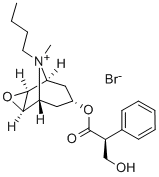
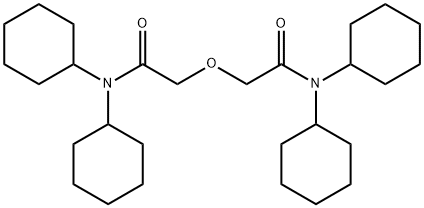

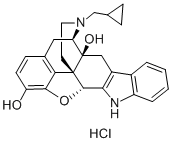
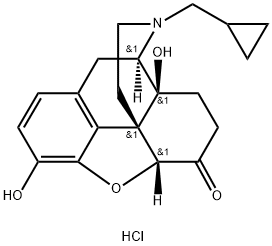
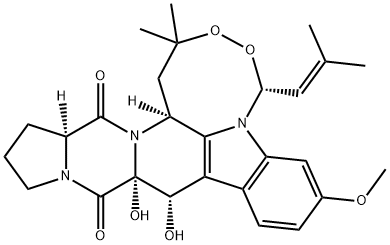
You may like
-
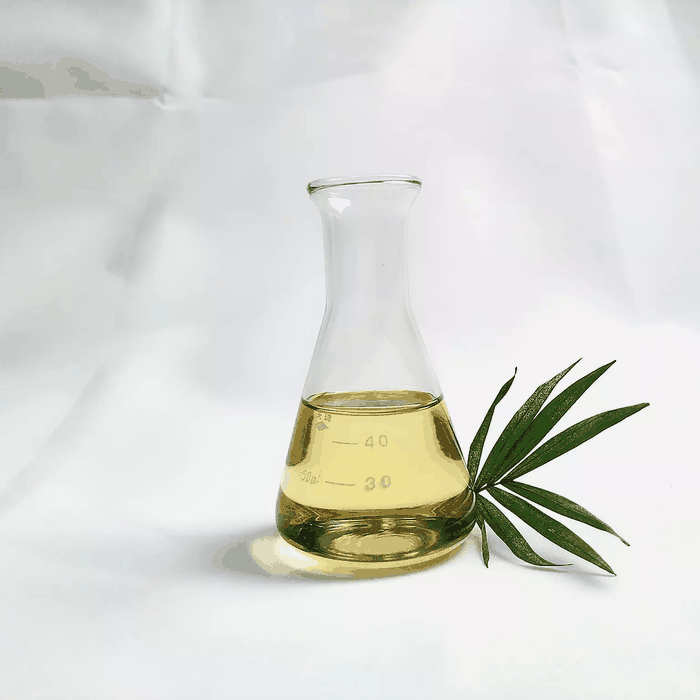 2-(DIBUTYLAMINO)ETHANOL 102-81-8 98%View Details
2-(DIBUTYLAMINO)ETHANOL 102-81-8 98%View Details
102-81-8 -
 2-(Dibutylamino)ethanol CAS 102-81-8View Details
2-(Dibutylamino)ethanol CAS 102-81-8View Details
102-81-8 -
 2-(Dibutylamino)ethanol CAS 102-81-8View Details
2-(Dibutylamino)ethanol CAS 102-81-8View Details
102-81-8 -
 Dibutyl Ethanolamine, Purity: 99 %View Details
Dibutyl Ethanolamine, Purity: 99 %View Details
102-81-8 -
 Pyridine 99.5% HPLC /UV SpectroscopyView Details
Pyridine 99.5% HPLC /UV SpectroscopyView Details
110-86-1 -
 Dibutyl PhthalateView Details
Dibutyl PhthalateView Details
84-74-2 -
 Imidazole Spot supply, competitive priceView Details
Imidazole Spot supply, competitive priceView Details
288-32-4 -
 Thiourea 99% ARView Details
Thiourea 99% ARView Details
62-56-6
